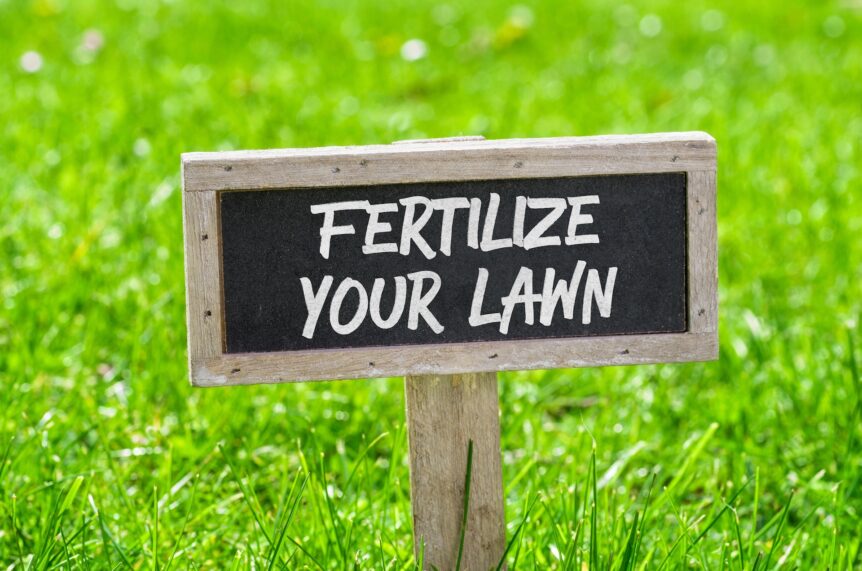When Should I Fertilize My Florida Lawn?
Fertilizing your Florida lawn is essential for maintaining its lush, green appearance, but timing is crucial. Knowing when to fertilize can make all the difference in ensuring your lawn stays healthy throughout the year.
Why Timing Matters
Florida’s climate is unique, with its hot, humid summers and mild winters. This environment impacts how and when you should fertilize your lawn. Applying fertilizer at the right time ensures that your grass receives the nutrients it needs when it’s most active, helping it grow strong roots and resist pests and diseases.
Spring: The First Application
As temperatures warm up in late February to early March, your grass begins to exit its dormant phase and enter a period of rapid growth. This is the ideal time to apply your first round of fertilizer. Opt for a balanced, slow-release fertilizer that provides essential nutrients like nitrogen, phosphorus, and potassium to encourage strong root development and green, healthy blades.
Key Tips:
- Watch the Weather: Ensure that you fertilize when the soil temperature is consistently above 55°F, as this is when your grass starts actively growing.
- Follow Label Instructions: Over-fertilizing can harm your lawn and the environment, so always follow the recommended application rates.
Summer: Boosting Growth
In Florida, summer is a time of intense growth, but it’s also when your lawn faces the most stress from heat, humidity, and frequent rain. Fertilize again in early summer, ideally in June, with a product high in nitrogen to support the lawn’s vigorous growth.
Key Tips:
- Watering: Ensure your lawn is adequately watered, as this helps the fertilizer dissolve and reach the grass roots. However, avoid fertilizing right before heavy rains to prevent runoff.
- Pest Control: Consider using a combination fertilizer and insecticide product if pests like chinch bugs or grubs are a concern.
Fall: Preparing for Dormancy
As summer fades and temperatures cool, your lawn begins to slow down. A final application of fertilizer in early October can help prepare your grass for the cooler winter months. Use a slow-release fertilizer with higher potassium levels to strengthen the roots and improve the lawn’s tolerance to stress and disease.
Key Tips:
- Avoid High Nitrogen: Too much nitrogen in the fall can encourage growth that the grass won’t be able to sustain through the winter, leading to potential damage.
- Soil Testing: Consider a soil test to check nutrient levels and adjust your fertilizer accordingly.
Winter: Skip the Fertilizer
Florida lawns typically go dormant or slow down significantly during the winter months. Fertilizing during this time is unnecessary and can even harm your lawn. Instead, focus on proper mowing and watering practices to keep your lawn healthy until spring.
Fertilize My Florida Lawn – FAQs
Q: How often should I fertilize my Florida lawn?
A: Fertilize three times a year: early spring, early summer, and early fall. Adjust based on your lawn’s specific needs and the results of a soil test.
Q: Can I fertilize my lawn in winter?
A: It’s best to avoid fertilizing during the winter, as your grass is not actively growing and doesn’t need the extra nutrients.
Q: What type of fertilizer is best for Florida lawns?
A: A slow-release, balanced fertilizer is ideal for most Florida lawns. Choose one with appropriate nitrogen, phosphorus, and potassium ratios based on the season and soil test results.
For expert advice or assistance with your lawn care needs, contact Lawn Care Extraordinaire. Our team is here to help you keep your Florida lawn in top condition year-round!
Ready to elevate your outdoor space with Lawn Care Extraordinaire? Schedule a consultation and stay connected through social media and newsletters for the latest tips and updates. Take the first step towards a healthier, more beautiful, and pest-free lawn today.

